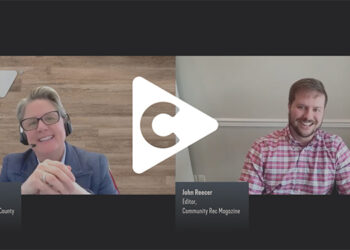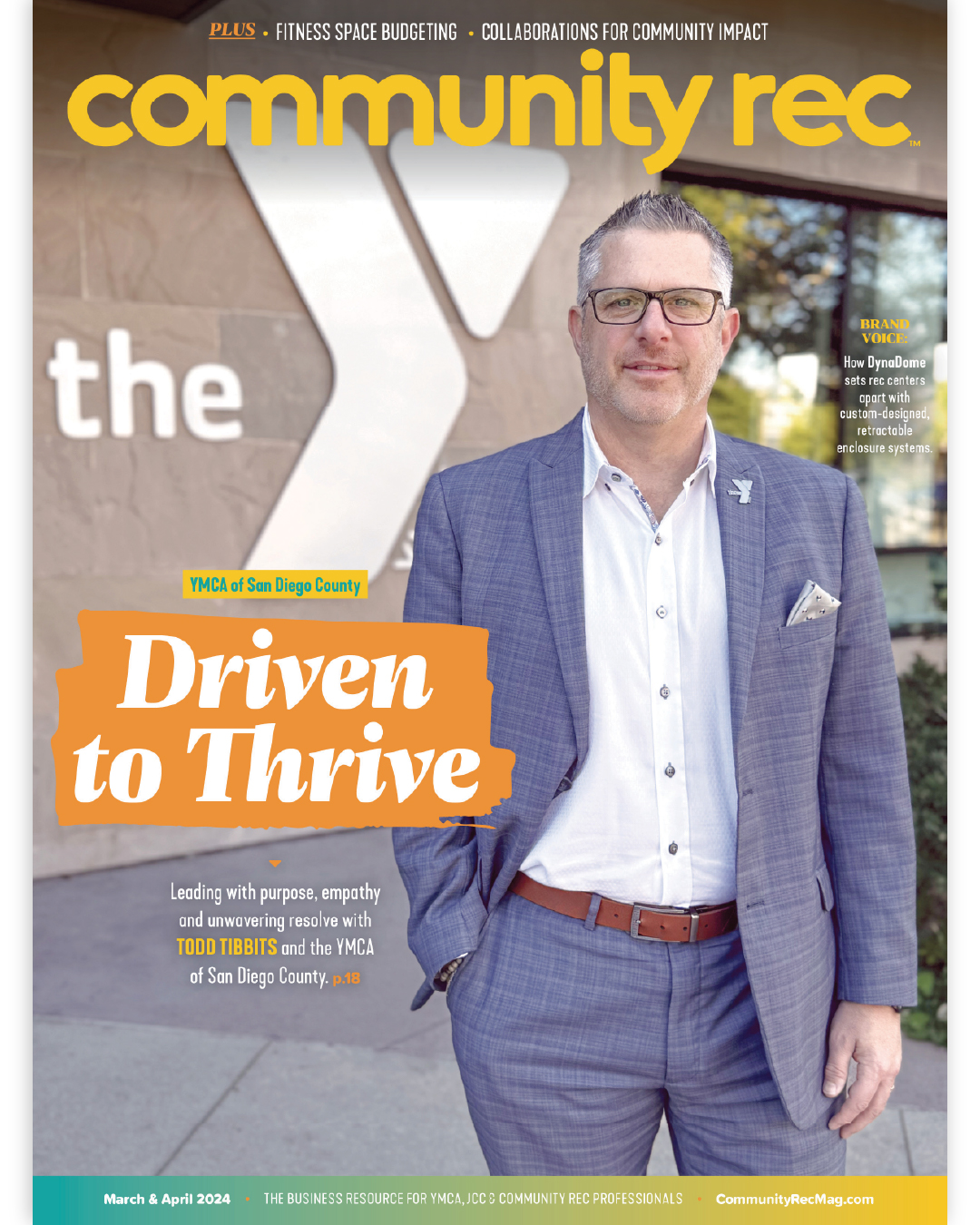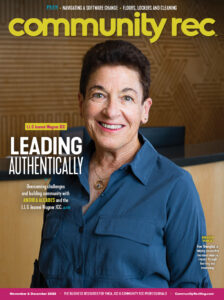Part Two of “Fundraising in Nonprofit Organizations, Inspiration and Planning” by Gary Bernstein, CEO of the Jewish Community Alliance of Northeastern Pennsylvania.
To conduct a successful capital or endowment campaign, the agency executive must inspire his constituents. The project must be visionary. It must make sense and be consistent with the agency mission and strategic plan. It must be well thought out, well researched, well focused and well presented. (Moisan, 2021)
Most important, it must motivate action as it secures people’s emotional, then financial, investment. Especially in a weak economic climate, do not hit the panic button. It’s a challenge and can sometimes be overwhelming. But it’s also quite exciting to create a vision and a dream, and then rally your community to make it a reality. It truly is an opportunity of a lifetime. It all begins with good planning, an insightful, honest assessment of potential, possibilities, people and pitfalls.
Developing a Winning Case Statement
The first task is to understand the underlying principle for the appeal and capture that within a simple yet thorough document. Fundraisers call this the case for support or case statement. It tells the prospective donor how your organization will use the funds and who will benefit. Creating the case is top priority, and in many ways, like the group effort involved in developing your agency’s strategic plan.
Board members and community leaders are more likely to support a plan they helped create. Include the features and costs of the project but focus on the benefits. Make an appeal to the heart as you stress why every gift will matter. Emotion and passion lead to commitment. Until the donors believe in your agency’s mission, the written case statement has little value. The case for support must become part of your donor’s belief system.
Donors and supporters will give freely of their time and talent when they understand and embrace your cause. This is most critical for those prospects your fundraising team will identify, cultivate, and solicit for leadership and major gifts: those six, seven or eight-figure expressions of support that will make or break your campaign.
Back up your case statement with current statistics that show how the current economic situation is affecting your programs as you meet increased needs. “Major-gift fund raising is the most cost-effective, resource-development strategy. A major-gift initiative gives your nonprofit agency an opportunity to sell the movers and shakers on your programs and services. The appeal will be personal; the case for support will reinforce your project’s viability and value to the community.” (Moisan, 2021)
A winning case statement must be one that snatches a prospective donor’s attention, and then offers a firm reason for investing in a particular project. The ingredients of a winning case statement essentially are the same as the components of a prospectus seeking to inform and interest potential investors in a profit-making endeavor.
Every fundraising campaign has the case statement at its center. It is the core document that sits at the center of your plan and strategy. The case explains to your potential donors what you need the money for, and what the benefits will be if the donor gives to your cause. Case statements can be used in any fundraising campaign, but they are particularly useful in major gift campaigns, capital campaigns and endowment campaigns.
Getting Ready for the Campaign
The decision to conduct a fundraising campaign is not an easy one. Many factors will contribute to your campaign success or failure. You can best identify and measure them, as well as build constituent interest and support by conducting a pre-campaign assessment.
Here is a checklist of important tasks:
- Review all issues related to board development. Seek people with influence and affluence. Work to ensure the agency is well positioned in the philanthropic community. Your campaign leadership will most likely be your current leaders of the organization. Those who have been charitable in the past might also be quite generous in the future. Now is the time for board and campaign leadership to stand up and be counted. Make your board members part of the solution, inform them, involve them and give them important tasks to do.
- At every step involve as many volunteers and potential supporters as possible. If you find any key people or constituencies who you have neglected, brief them, and make every effort to get them involved. Prepare written materials describing the project. Stress these benefits to the agency and community.
- Prepare several project budgets. Consider capital, endowment and the annual operating needs of the agency. Capital campaigns are characterized by longer-term visionary projects and large financial goals. The funds are to be attained during a multiyear pledge period. During times due to a weak economy, be prepared to offer donors longer pledge periods.
- Form a resource development committee to help shape the agency’s comprehensive fundraising strategy. Your committee might want to seek advice from outside counsel to formulate a professional campaign plan. Outside counsel helps reduce risk, ensures staff and campaign leadership stay on course and maximizes your fundraising potential.
- Plan your solicitation strategy. You will secure your leadership contributions first from those closest to the organization capable of making pace-setting investments. You will approach prospects with more modest means after you have secured lead gifts. Finally, there is a public phase – typically after you have secured commitments for at least 60 to 80% of the campaign total – when you approach the larger base of supporters.
- Develop a core of knowledgeable people who will help your agency avoid common mistakes in preparing for a capital campaign. These key people should help remind other volunteers to focus on leadership gifts. This committee, sometimes called a campaign cabinet, will remind others to seek support from individuals as well as foundations and corporations. They also should remind the volunteers to focus on personal contact, not mail, phone or special events.
- Evaluate, and, if necessary, strengthen your record-keeping functions and fundraising software systems. Accurate and complete records are critical for a successful campaign project.
- Improve communications and keep communications open inside and outside your agency. Inform donors about how the changes in the economy are affecting you and those you serve. Consider weekly email blasts or other communication techniques.
When you have addressed these important tasks and prerequisites, and answered all the questions, your agency will be poised for a successful campaign. You now are equipped with the necessary and basic information that will provide a road map for victory.
In conclusion, people will give because they believe in your organization. They can identify with your mission and goals. They know the people who are part of the organization, and they hold the same values.
People will not give because the organization feels that it should have a new building. The case must be stronger, more compelling, more exciting and more inviting to persuade prospects to give at the level required by capital fundraising. There are certain people who have different perceptions about capital campaigns, while others understand how very important campaigns can be in the life of the nonprofit organization.
Many leaders, especially those without much campaign experience, view the capital campaign as a mysterious process. They tend to approach it with anxiety and apprehension, rather than with the genuine gusto and pleasure this opportunity ought to provoke.
A fundraising campaign can help an agency attain their goals while increasing knowledge and enthusiasm for their mission and vision. In addition, it can identify a whole new group of volunteers and leaders as well.
A capital campaign will generate a commitment from volunteers and community leaders, and a renewed energy for serving your constituents. Many of the most beneficial elements of a campaign have nothing to do with money. Rather, a campaign will draw attention, increase visibility and support for your mission that will serve your organization for years to come.
References
- Giving USA. (2020) givingusa.org
- Hartsook, Bob. (2005) Reality Fundraising. ASR Philanthropic Publishing: Wichita, Kansas.
- Hartsook, Bob. (2001) Getting your ducks in a row: ASR Philanthropic Publishing: Wichita, Kansas.
- Moisan, Len. (2021) Phone Interview











